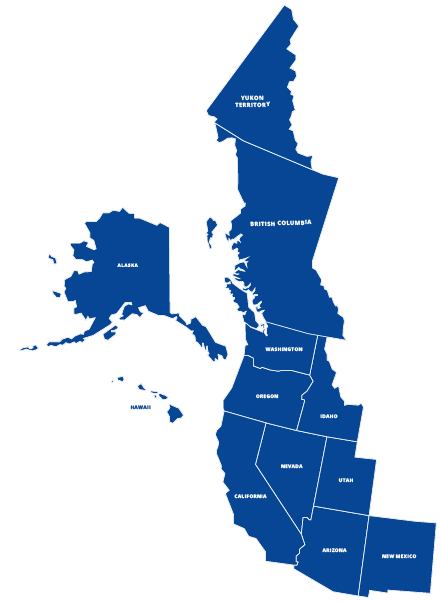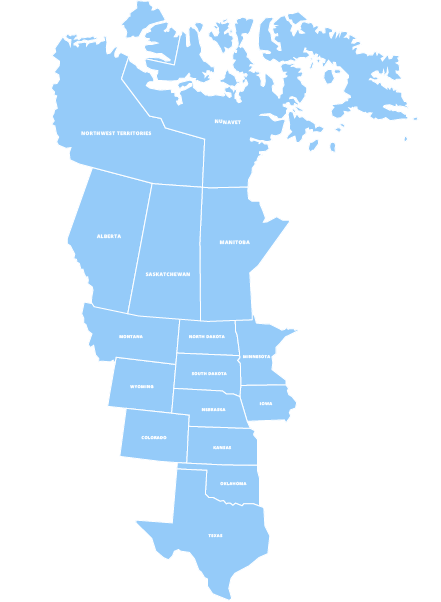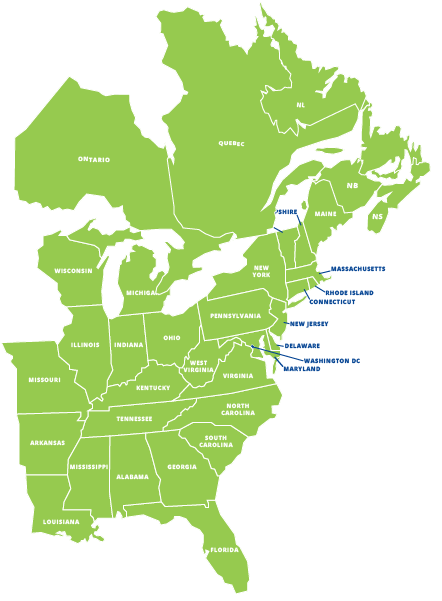The main purpose of kennel training a puppy is to prevent unwanted “accidents” during the night. Because they are much less likely to urinate or defecate in the area where they’re sleeping, keeping them in the kennel that is only large enough for them to stand, stretch, and turn around will teach them to practice better bladder control and take advantage of their “bathroom breaks” before bedtime and throughout the day. Housing them overnight can also keep shoes, furniture, and other items safe from a curious, chewing puppy.
Kennel training can be an adjustment period for both the puppy and its owners. However, with the right steps and mindset, crate training doesn’t have to be difficult. The key to successfully crate training a puppy is practice, patience, and positivity.
Practice
When you first begin kennel training, making regular use of the crate and keeping a fairly consistent schedule can help both you and the puppy get used to things. You can first practice by allowing your puppy to get used to the kennel during the day. Do this by encouraging him to explore the cage and providing him with treats when he makes his way in.
At night, you should remove water bowls up to an hour before bedtime to prevent accidents. Before gently coaxing him into his kennel for the night, you’ll want to take him outside for a final potty-break, giving him time to urinate and defecate. Finally, you may give him a small treat once he is in his cage. You may decide to name the kennel so you can provide commands such as “time to go to your cage/den/bed.”
Patience
The first few days or weeks of crate training can be difficult. It is likely that your puppy will whine through his first few nights and will likely need to be released early in the morning to relieve himself. Keeping the crate near to your bed will help to make your puppy feel safer and more comfortable and will also allow you to hear if he begins shaking the crate in need of a late-night bathroom break.
The most important thing is to remain patient, trust in the process, and not give in to the late-night cries. Allowing him to sleep outside of his cage will only prolong the process and create poor behavior habits.
Positivity
Kennel training should be a positive experience for your puppy. Essentially, you want to create a space that feels safe, secure, and comfortable. You can do this by laying down comfortable bedding for your pooch to rest on, draping blankets over openings to create a dark and cozy space, and keeping a safe chew toy in there to play with during the day or through restless nights.
If you are an animal care facility and would like to learn more about which kennels are best for your canine clients, call us today!




